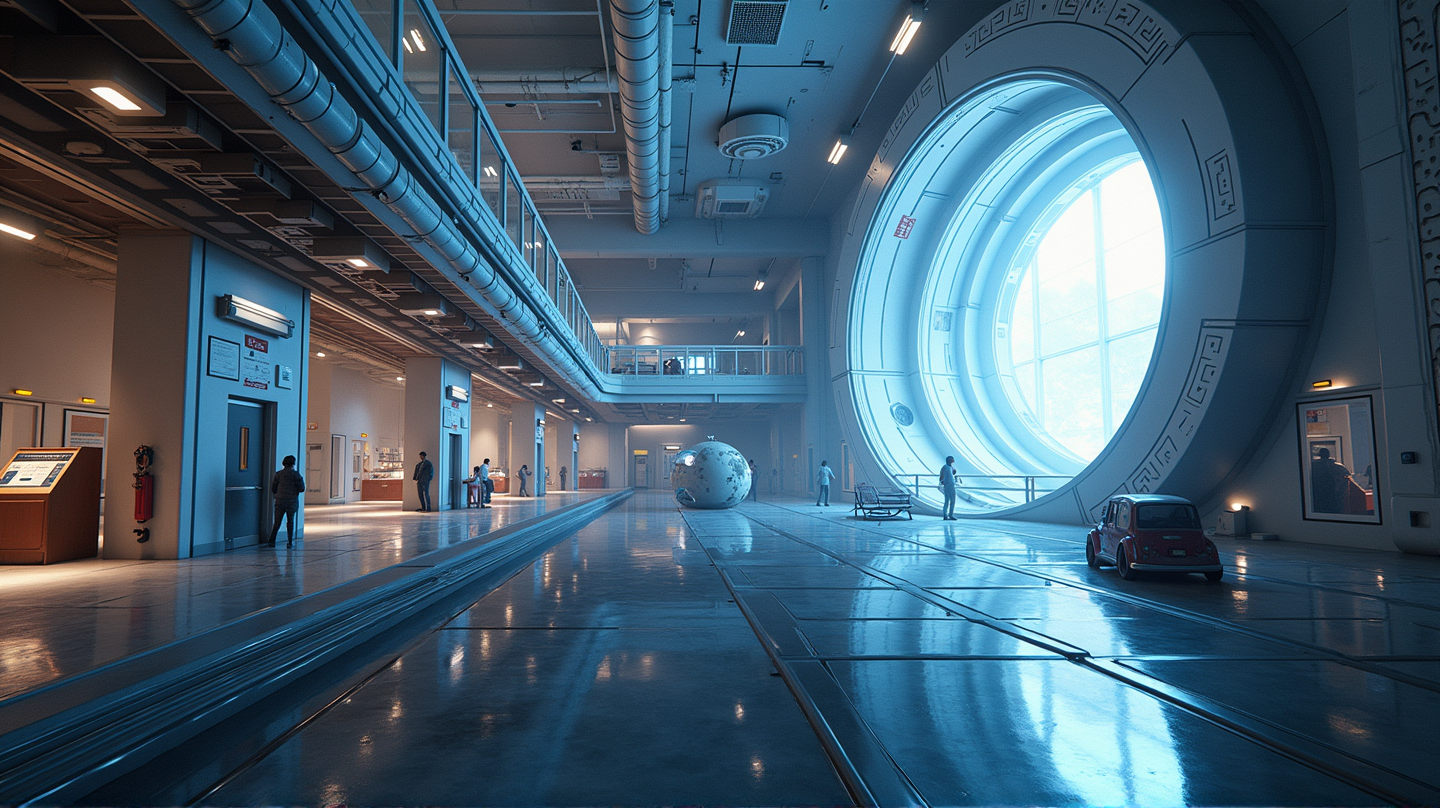Aurelia Institute: Redefining Space Research Beyond Academia
MIT-born Aurelia Institute revolutionizes space education by bridging academia, industry, and the arts with innovative programs.

A new wave is sweeping through the world of space research and education, challenging the conventional boundaries of academia. At the helm of this revolution is the Aurelia Institute, a dynamic nonprofit emerging from the fertile grounds of MIT. By blending space research and development with a hands-on approach to education, Aurelia is opening new portals to the cosmos—not just for scientists, but for dreamers of all backgrounds.
A Bridge to the Stars
Created by MIT’s finest minds, Dr. Ariel Ekblaw, with co-founders Danielle DeLatte and Sana Sharma, the Aurelia Institute has become a beacon for aspiring astronauts, artists, and engineers alike. Their vision? To make space exploration as accessible as the stars themselves.
According to EdTech Innovation Hub, Aurelia’s annual microgravity missions serve as both scientific quests and transformative training grounds, enlightening over 200 participants who have since carved their paths in the space industry. These missions have included a medley of dreamers—from humble teachers to exploratory artists, all united under one shared mission of discovery.
Microgravity Missions: A Launchpad for Careers
Imagine floating in zero-G alongside 25 like-minded explorers, your mind racing with possibilities. This is the essence of Aurelia’s microgravity missions, where participants not only conduct cutting-edge research but also gain irreplaceable experience in space conditions. Over 70% of these adventurers have proudly taken their talents further in the space sector, crafting a new era of space expertise.
TESSERAE: Building Tomorrow’s Space Habitats
Central to their research is the TESSERAE project, a marvel of engineering initially sparked by Ekblaw’s graduate work. It’s a visionary venture featuring self-assembling structures destined for orbit, already tested on both Blue Origin flights and aboard the prestigious ISS. The upcoming mission in 2026, backed by a crucial NASA grant, promises to explore new horizons for autonomous space construction.
Envisioning Life in Orbit
Beyond science, Aurelia extends its reach into the realm of space architecture. What happens when artists, historians, and technologists collaborate? You get space gardens and visionary geodesic domes that not only foster life in space but inspire awe on Earth. As Ekblaw insightfully notes, the demands of space design often lead to groundbreaking innovations applicable here on our home planet.
Crafting the Future
In essence, the Aurelia Institute’s work tells a story of endless possibilities—a narrative where space and Earth collaboratively dance, sparking innovative solutions and bridging communities worldwide. Aurelia stands as a testament to the power of imagination, zealously crafting a future where we look to the stars, not separately, but united as one.
The bridge between academia and industry has never been more creative or robust. With the Aurelia Institute leading the charge, our journey among the stars promises to be as vibrant and inclusive as the very dreams we dare to dream.

